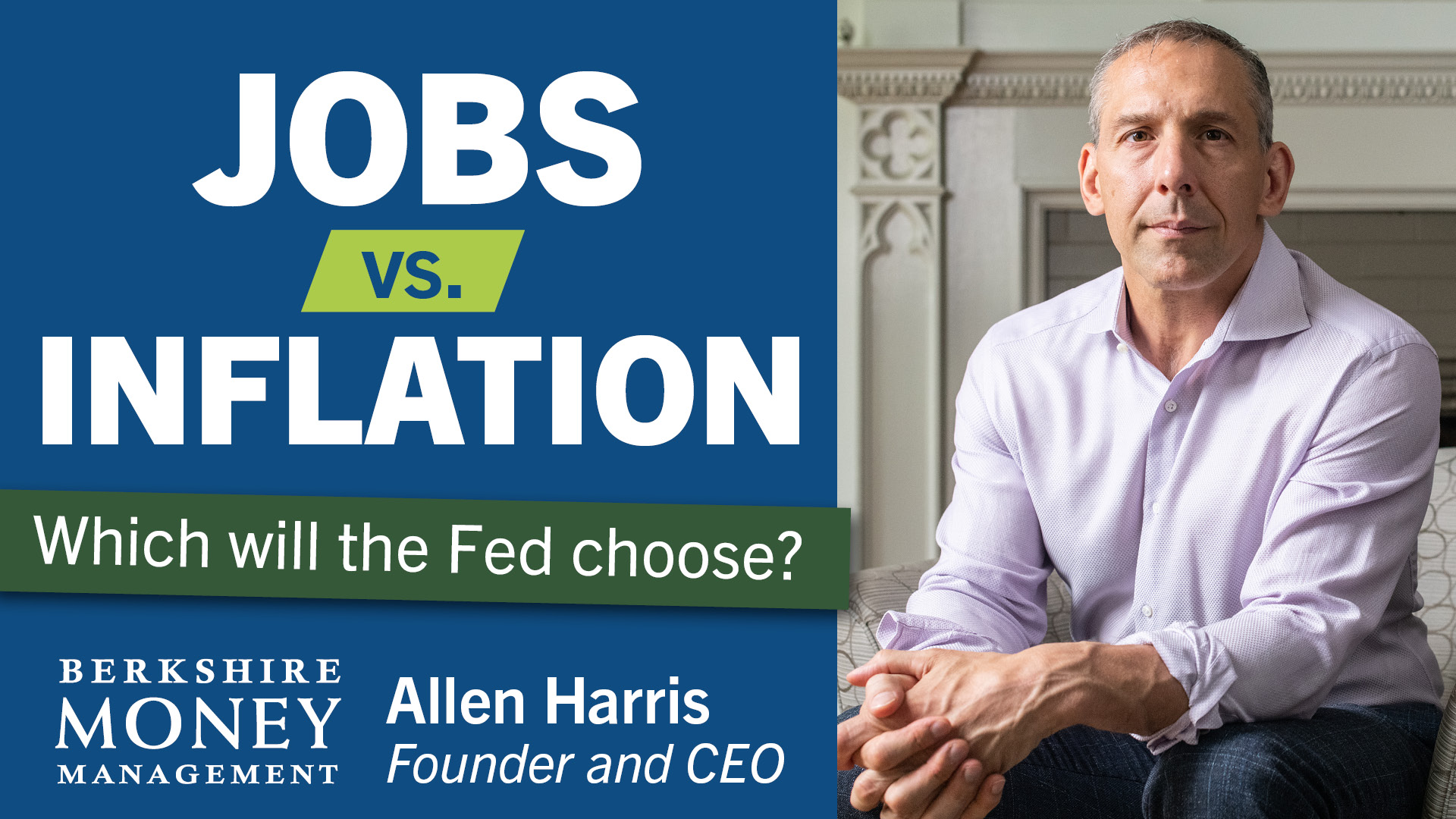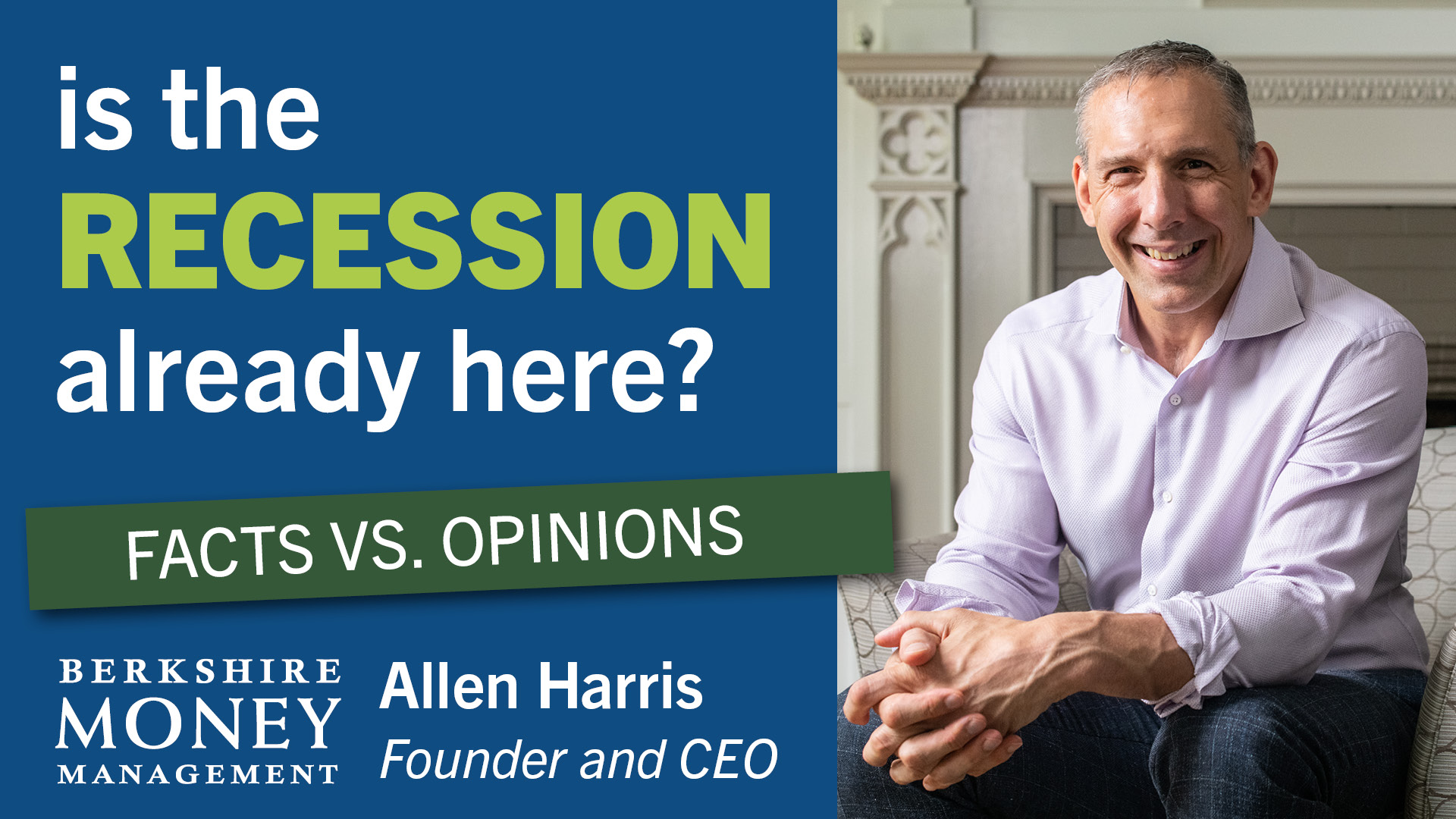Stagflation is here


I wish people would stop talking about stagflation. It scares me. What scares me most is that there’s a greater than zero percent chance of it being an unwelcome guest for a good chunk of 2022.
The term “stagflation” became popular during the 1970s as an oil price shock rattled the economy. (Sound familiar?) Stagflation refers to a period when the economy is simultaneously experiencing higher-than-normal inflation and economic stagnation.
Higher inflation? Do you think that’s happening now? Yeah, it is.
Economic stagnation? I’d be surprised if Gross Domestic Product growth surpasses one percent in the first quarter of 2022.
Stagflation occurs when the money supply is expanding while supply is constrained. And why is stagflation so bad? I promise that’s not a trick question. Raging inflation makes it harder for consumers to buy what they want and need. The silver lining is that inflation tends to signify that the economy is strong, empowering consumers to make those costly purchases. But what about when the economy is not so strong? In that situation, consumers experience weakening buying power, demand drops, employment weakens, and the risk of recession increases.
The latest estimate for U.S. GDP growth for this quarter (first quarter, 2022) is 0.5 percent. That flatness seems to be primarily due to the hangover effect from a massive buildup of inventories in the previous quarter. Despite that technical effect, the economic weakness points out that there are short-term vulnerabilities to an economy that exhibits long-term resilience. Instead of the economy improving strongly, as high inflation would typically suggest, it’s stagnating. We’re suffering all the vagaries of higher costs with none of the benefits.
However — *gulp* I can’t believe that I am going to say this — this time, it’s different.
A typical hallmark of stagflation is high unemployment. Although the economy has stalled recently, businesses continue to hire. According to the Bureau of Labor Statistics, 678,000 jobs were created in February 2022. The unemployment rate edged down to a stunningly low 3.8 percent.
Hear Ye, Hear Ye. Gasoline Prices Have Risen.
You may not have heard, but oil prices have surged this year. No, really. Look it up. The cost of a barrel of oil hit $130 last week. Gasoline prices, of course, are tied to oil prices.
It’s not as terrible as you think. I mean, it’s bad. But just not as bad as you might expect.
At $130 per barrel of oil, spending on gasoline is about 3 percent of the consumer wallet in the U.S. Oil prices also spiked in 1980 and 2008, and both times a recession followed. At those times, gasoline as a share of wallet was 6.5 percent and 4.5 percent, respectively. At $200 per barrel of oil, gasoline becomes about 4 percent of the consumer wallet.
I am not discounting how painful it is at the pump. However, since 1980 and 2008, two significant factors have changed. First, gasoline use per capita today is 414 gallons annually, which is 20 percent and 11 percent lower than 1980 and 2008, respectively. Also, the average annual household income today is $63,500, versus $48,000 and $21,000, compared to 2008 and 1980, respectively.
Oil prices are a burden at $130, but (and I use “but” begrudgingly) they’re about one-third less impactful than they would have been in 2008.
With stagflation being a thing, the risk of a recession is rising. However, I’m not calling it. Yet. I am holding out hope that the Fed will become less hawkish as higher gas prices cause consumer demand to wane. That might slow the economy enough to reduce prices without causing a recession.
I am hoping for a lot. There’s a lot of evidence of a coming recession. I’d say about a one-in-seven chance. The Fed’s Federal Open Market Committee (FOMC) — the group that sets monetary policy — meets on Wednesday, March 16. They are expected to raise the federal funds rate by 0.25 percent at that meeting. We’ll have to listen to what they say after to determine if the odds move against us.
In addition to my overly hopeful sentiments, I have some logical ones. I am a student of the yield curve (how much a long-dated bond is yielding relative to a short-term bond). Yield curves typically invert before recessions; they’ve mostly been steepening in 2022.
As a reminder, my baseline expectation for a stock market bottom is a 15.1 percent decline that lasts through May 22, 2022. Last week I cited specific technical concerns that increased the odds of a 20 percent decline occurring by September 2022.
Nonetheless, I put a relatively large amount of cash to work in U.S. equities two weeks ago. You may wonder why I did so, especially if I think there is a high probability of further declines to come. There is still a good chance that the low for the year has already been made. I didn’t want to miss out on that opportunity. No matter when the stock market does bottom, the odds are that the U.S. economy will escape recession. That should lead to higher highs for stock prices in the years ahead.
We could have about 10 more weeks of stock market gyrations, but I’m holding my nose and jumping in.
Housekeeping
There will be no Capital Ideas columns for the next two weeks as I will be busy at conferences – attending and speaking. On March 24, 2022, I will be in Boston presenting to financial advisors. I invite advisors in the Berkshires to join me in the Harvard Club as I discuss “Best practices in Wealth Management and Preservation.” You can find more information here.
Allen Harris is the owner of Berkshire Money Management in Dalton, Massachusetts, managing investments of more than $700 million. Unless specifically identified as original research or data-gathering, some or all of the data cited is attributable to third-party sources. Unless stated otherwise, any mention of specific securities or investments is for illustrative purposes only. Adviser’s clients may or may not hold the securities discussed in their portfolios. Adviser makes no representations that any of the securities discussed have been or will be profitable. Full disclosures. Direct inquiries: [email protected].
This article first appeared in the Berkshire Edge on March 14, 2022.
Allen is the CEO and Chief Investment Officer at Berkshire Money Management and the author of Don’t Run Out of Money in Retirement: How to Increase Income, Reduce Taxes, and Keep More of What is Yours. Over the years, he has helped hundreds of families achieve their “why” in good times and bad.
As a Certified Exit Planning Advisor, Certified Value Builder, Certified Value Growth Advisor, and Certified Business Valuation Specialist, Allen guides business owners through the process of growing and selling or transferring their established companies. Allen writes about business strategy in the Berkshire Eagle and at 10001hours.com.






